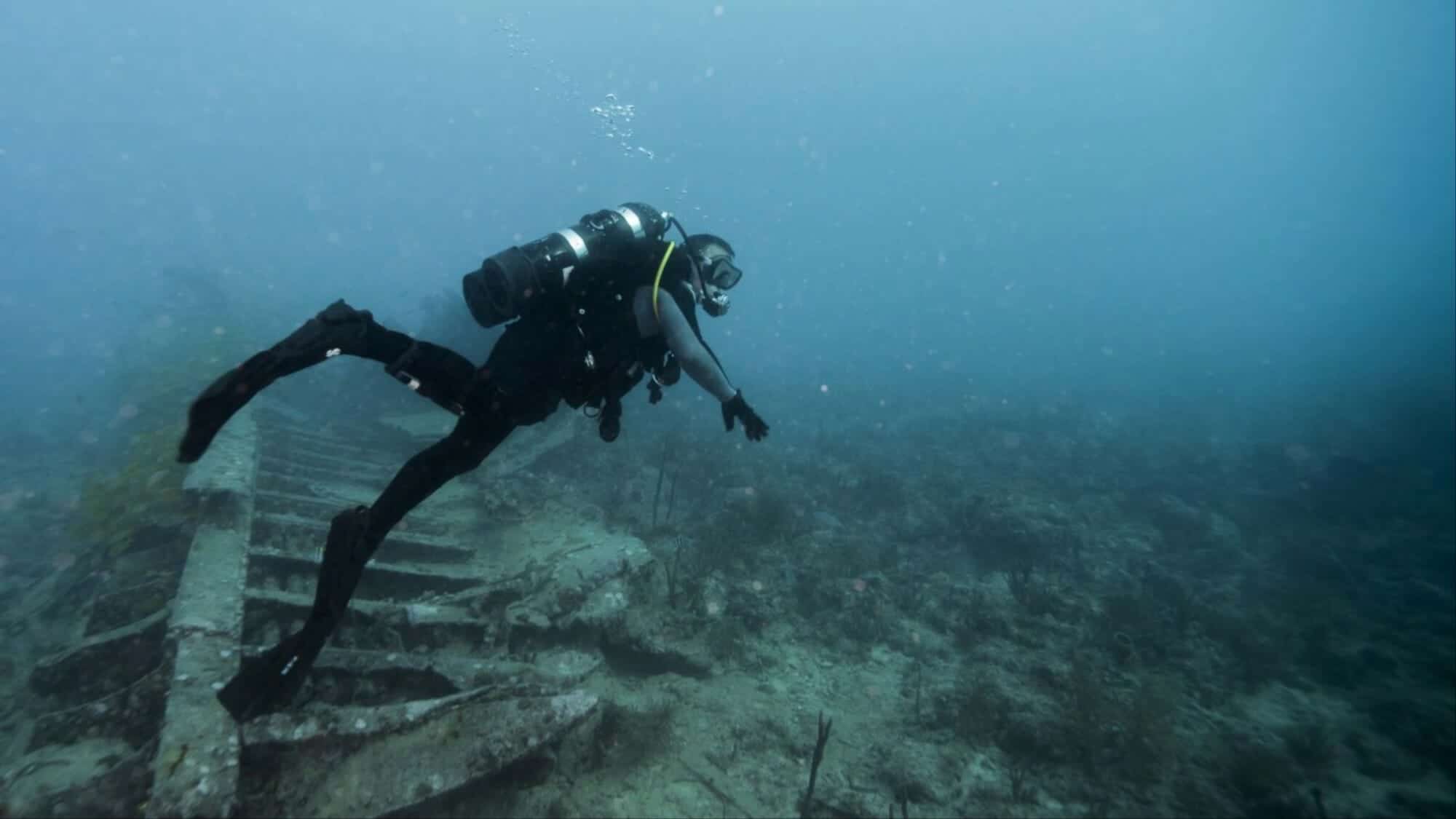

Carbon emissions are acidifying the ocean so quickly that the seafloor is disintegrating.
According to a study published this week in PNAS, this sets off a feedback loop that acidifies the ocean even more quickly, a process that is already killing off foundational marine life species such as coral and threatening the balance of all ocean ecosystems on which we depend.
“Our study confirms that humans are now a geological force capable of impacting the Earth’s system, like a super-volcano or a meteoritic impact,” Olivier Sulpis, an earth science researcher at McGill University and lead author on the study, said to Motherboard in an email.
The root of the problem is that a foundational chemical reaction that keeps the oceans at pH levels that are conducive to life is being thrown out of whack.
Calcium carbonate, or calcite, lines the ocean floor. When calcite combines with carbon dioxide and water, the reaction produces calcium ions and bicarbonate ions. Because of this, the surrounding water becomes less acidic over long periods of time—think tens to thousands of years. But when you throw more carbon dioxide into the equation, all of the seafloor calcite starts to get used up to power these reactions in extremely large amounts, meaning that the ocean floor is dissolving. Now, there’s not enough calcite but more carbon dioxide than ever, driving up acidity levels.
Foundational species in the marine food chain, such as coral, are fine-tuned to thrive within a very particular range of pH levels. When those levels change for a long period of time, these species—as well as the fish, bacteria, mollusks, and ocean life that depends on them—simply can’t survive. The last time the oceans were as acidic as they are now, 96 percent of ocean life was extinct.
According to Sulpis, calcium carbonate is still dissolving carbon dioxide in the water, which means there is still a chemical force fighting against ocean acidification. But the rate at which we’re emitting carbon dioxide […]
Full article: The Seafloor Is Dissolving Because of Climate Change
How About That Water Quality? Ocean Acidification
West Coast Ocean Acidification Rates Among Highest In World
Persistent spatial structuring of coastal ocean acidification in the California Current System
Marine Sanctuaries: The Secret Report the White House Doesn’t Want You to Read
Clean water is essential for life, yet millions of Americans unknowingly consume contaminants through their…
Human brains contain higher concentrations of microplastics than other organs, according to a new study, and the…
From the Office of the Governor: In anticipation of a multi-day, significant atmospheric river in Northern California,…
From Governor Newsom: Scientists, water managers, state leaders, and experts throughout the state are calling…
Photo: A harmful algal bloom in Milford Lake, Kansas, made the water appear bright green.…
An expanded plastic foam coffee cup is at a donut shop in Monterey Park, California.…